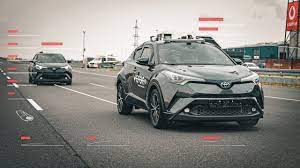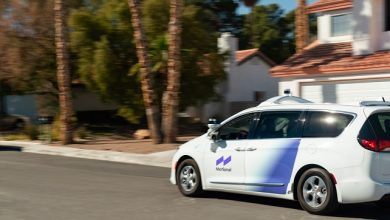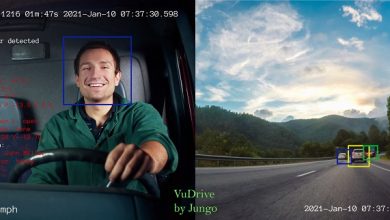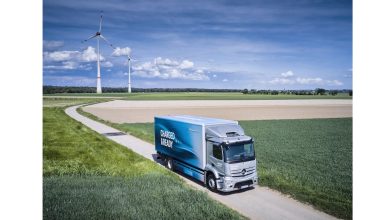Vodafone upgrades platform for road safety

Vodafone recently demonstrated new technology that will make driving vehicles in a convoy much safer, even if they’re driverless ones. A new feature added to its pan-European vehicle safety platform, called Safer Transport for Europe Platform (STEP). It will enable vehicles to be driven remotely while also supporting cooperative platooning over cellular communications. Cooperative platooning is the ability to regulate the space and speed between vehicles to reduce collusions and traffic jams, as well as save fuel. Previously it was only possible using direct communications due to the need for ultra-low latency.
Developed in Dresden
The combination of remote vehicle control with cooperative platooning via STEP was developed at the Vodafone’s Tech Innovation Center in Dresden. It recently successfully tested at the renowned research, development, and validation track in Aldenhoven.
Vodafone’s cloud-based platform, STEP, connects road users, vehicles, and transport authorities directly to each other via third-party apps and in-vehicle navigation systems. The platform takes advantage of Vodafone’s extensive 5G network with multi-access edge computing (MEC) technology. It relays safety information, hazard warnings, and traffic updates quickly and securely between users and vehicles. Several applications in Germany, Spain, and the UK are already using it.
Cooperative platooning with driverless cars
5G and MEC are ideal driving companions. The fast speed of 5G, combined with the highly responsive nature of MEC, brings the computing power closer to the driver thereby reducing any communications delay. This could be catastrophic if travelling at speed or in extreme weather. This is particularly useful for cooperative platooning involving driverless vehicles.
During the test at Aldenhoven, Vodafone’s engineers worked with partners from Dutch firm V-tron and Czechian-based Roboauto. They were able to remotely control two cars while maintaining a consistent space and speed between them. Using a precise technology called cooperative adaptive cruise control, they were able to pass on accurate kinematic information from the preceding car to the one behind. This was done via STEP through cellular V2X communications. This overcomes the limitation of only relying on-board vehicle sensors.
Driving several cars at once
5G also enables a single operator to remotely connect and take charge of several vehicles at once. In an emergency, this could prove invaluable, or it may help provide cover if there is a driver shortage, which is becoming a growing issue in some parts of Europe.
Today’s announcement demonstrates that STEP is ready to support the current challenge of cooperative automated driving.
Vodafone’s vision is to develop the STEP platform’s safety functionality further, including detection warnings for vulnerable road users, such as alerting a driver of a large vehicle to nearby cyclists or pedestrians out of view, along with fleet management, stolen vehicle tracking, and supporting usage-based insurance.
Please see links below for further information on STEP and Vodafone’s 5G Mobility Lab at Aldenhoven.




